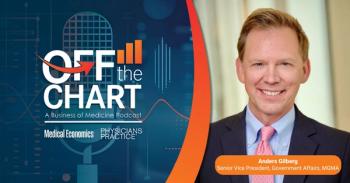
What's eHealth All About?
I’ve spent the past few weeks attending a number of healthcare information technology meetings focused on achieving interoperability in healthcare - so-called eHealth.
I’ve spent the past few weeks attending a number of healthcare information technology meetings focused on achieving interoperability in healthcare - so-called eHealth. You see, we have a major trading partner issue in healthcare - even if we gave every physician and hospital in America an EHR, all we would achieve are a group of discrete applications that don’t share information by and between them.
In other words they won’t be able to communicate with each other. This is a real problem - a real practical problem because unfortunately, because consumers, of course, attend care givers widely and without attention to what information system they use!
So, there’s been a lot of discussion about how to facilitate all these disparate systems to connect, communicate, and make the amalgam (the integrated data) information that is actionable.
The Institute of Medicine (IOM) reports that about 1.5 million patients are injured each year because of adverse-drug events; events that presumably could be eradicated if we have true mission-critical healthcare information sharing.
While at the
At the
I encourage you to do your homework, and seriously evaluate opportunities to pursue and engage a health information exchange. By the way, if you are a provider, and even if you plan to purchase an EHR, you will not be able to achieve meaningful use in the later adoption years without a relationship with a health information exchange. Food for thought.
Newsletter
Optimize your practice with the Physicians Practice newsletter, offering management pearls, leadership tips, and business strategies tailored for practice administrators and physicians of any specialty.









